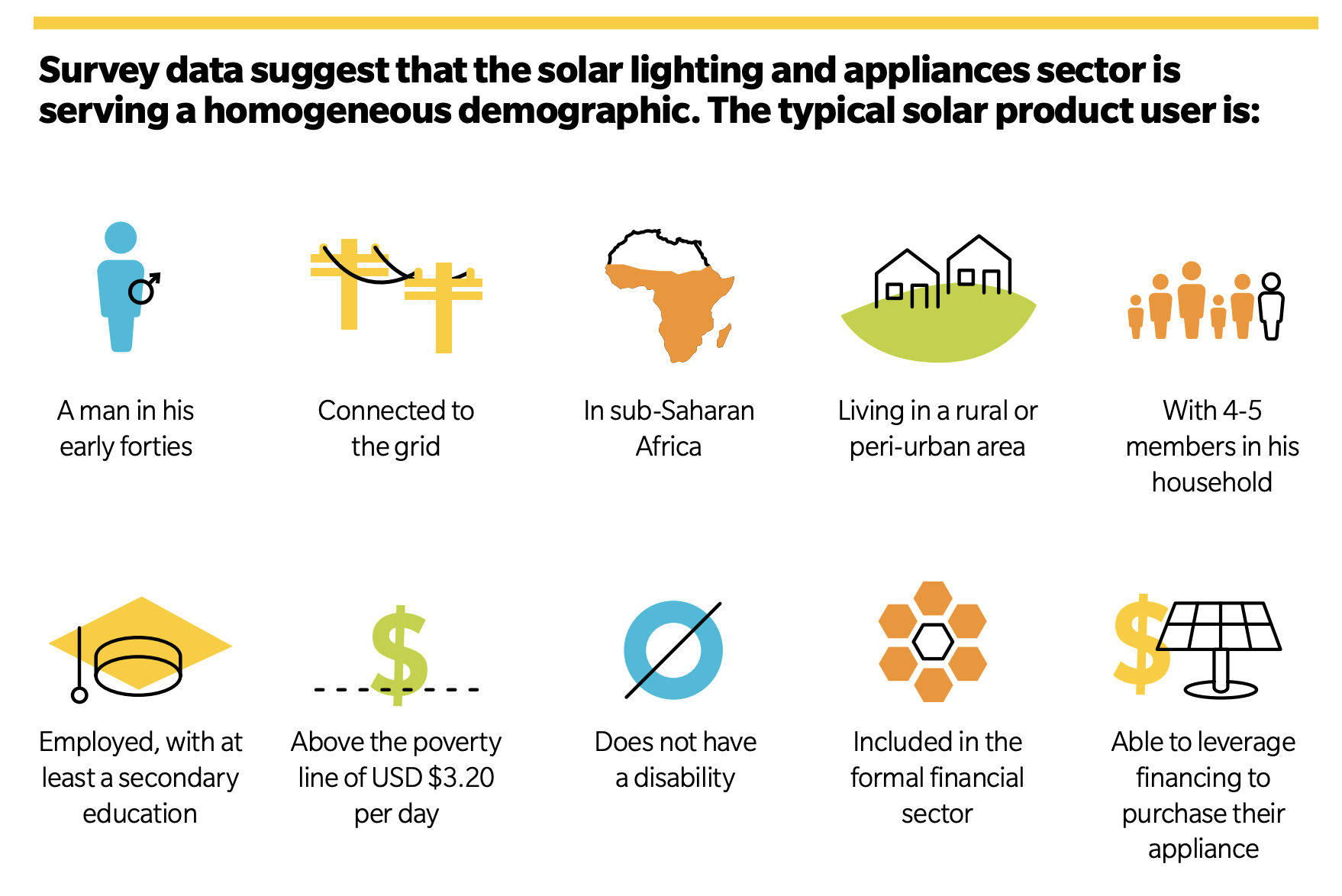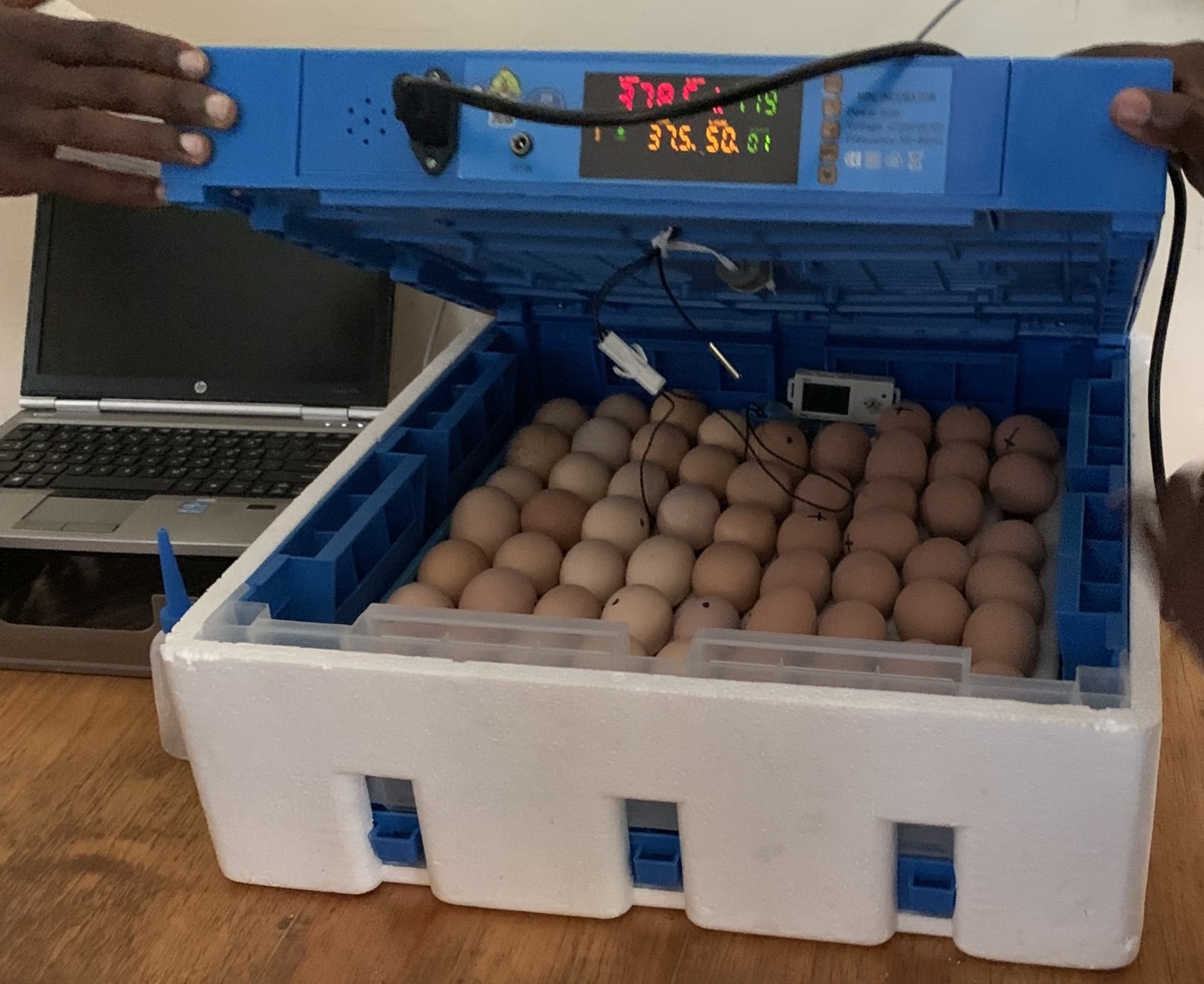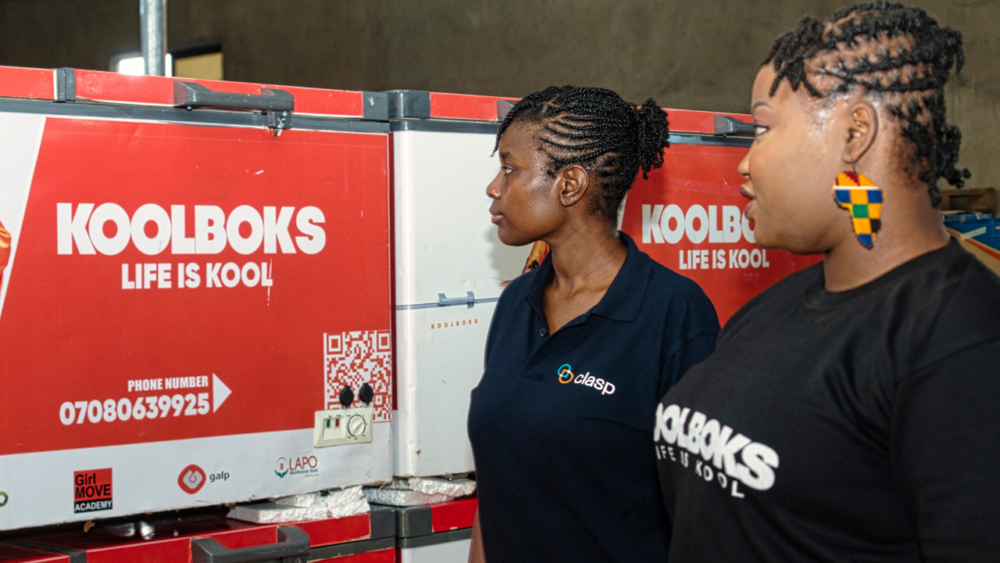CLASP 2022 Annual Report
In CLASP’s new 2022 Annual Report, we highlight how CLASP is making significant strides in appliance efficiency for people & planet.
The escalating climate crisis and other global shocks demand a focus on maximizing the impact of our work, careful consideration of those worst affected, and a drive for innovative solutions. In the newly released CLASP 2022 Annual Report, we highlight stories of human adaptation and the ingenuity that will lead us into a clean energy future.
“Efficient appliances are a tangible, cost-effective solution to the stark, interconnected challenges we face. The year 2030 looms large — we need to make progress this decade.”
Christine Egan, CLASP CEO
Impact
In 2022, CLASP led the Clean Lighting Coalition (CLiC) campaign advocating for the phase-out of harmful, mercury-containing fluorescent lamps via the Minamata Convention on Mercury – and championing super-efficient LEDs as the global standard. To facilitate the transition, CLiC engaged national governments, provided robust evidence demonstrating the feasibility of an LED transition, and mobilized more then 300 advocates in over 70 countries worldwide.

To meet energy needs in India, where energy demand and economic activity are skyrocketing, we doubled our staff size and expanded our services, while continuing support to the Bureau of Energy Efficiency, which expanded their Standards & Labelling program to cover even more high-impact appliances. CLASP also launched a financing program working with local banks and farmer cooperatives to promote uptake of solar water pumps, incentivize crop diversification, and increase farmers’ earnings.
Equity
Though poor and low-income people stand to benefit the most from efficient appliances, they are less likely to have access to them and spend much more proportionally on energy services globally. This year, our research Appliances for All found concrete evidence that women and those living in extreme poverty are being left out of the mass uptake of solar appliances. The report recommends to diversify appliance distribution and workforce recruitment, which also suffer from gender imbalance.

To make productive use appliances more affordable and accessible, CLASP and Nithio launched the Productive Use Appliance Financing Facility. The facility is helping scale productive use appliance markets by providing a smart mix of procurement subsidies, capacity-building grants, consumer financing, and advisory support for six technologies across six African countries.
New research in the US by CLASP and Consumer Federation of America also showed that low income and people of color are more likely to have reduced access to efficient appliances. But consumers in all US demographic groups, including those predisposed to energy insecurity, utilize energy efficiency as a driving factor in new appliance purchasing decisions.
Innovation
CLASP accelerated the movement toward global electrification, with new research on the financial, health, and environmental benefits of heat pumps for US consumers, efforts to replace fossil fuel boilers with heat pumps in Europe, and calculations that show the massive carbon reduction China could achieve with accelerated heat pump uptake. We also released a policy toolkit with the Regulatory Assistance Project that provides the building blocks for fast and effective heat pump adoption.
In the Global South, we prioritized bringing early-stage agricultural equipment to under-electrified, rural areas. Cutting-edge technologies like solar-powered cold rooms, egg incubators, and mills can more quickly reach farmers to increase financial security through CLASP’s Rapid Product Assessment framework.

Organizational Health
To meet the new challenges, and opportunities, posed by intensifying externalities, we enacted several high-level staffing changes and completed a strategic plan which sets us on an impactful path to 2030. Our leadership team expanded to include more voices from across the organization, which itself grew to 65 total team members across six regional offices.

We are grateful for the support from our donors, board of directors, and partners who are standing with us in our quest for a more sustainable, equitable world.
Read the full report here.









